Art World
The British Museum Has Put 300,000 Images of Its Most Famous Artworks Online So You Can Play Around With Them
There are now nearly 4.5 million objects in its digital archive, and 1.9 million photographs.

There are now nearly 4.5 million objects in its digital archive, and 1.9 million photographs.

Sarah Cascone

With much of world on lockdown, now’s a good time to get around to tasks you’ve long putting off. For London’s British Museum, that includes adding objects and images to its online collections database. To date, it has digitized nearly 4.5 million objects, or about half of its encyclopedic collection.
The new update includes close to 300,000 new photographs, for a total of 1.9 million images, all of which are free to download and use for non-commercial purposes under a Creative Commons license. And for the first time, the online catalogue, launched in 2007, is accessible on mobile phones and tablets.
The museum has also added high-resolution photographs of objects like the famed Rosetta Stone that are invisible to the human eye, even if you were to be at the museum.
“We are delighted to be able to unveil this major revamp early, and hope that these important objects can provide inspiration, reflection, or even just quiet moments of distraction during this difficult time,” Hartwig Fischer, director of the museum, said in a statement.
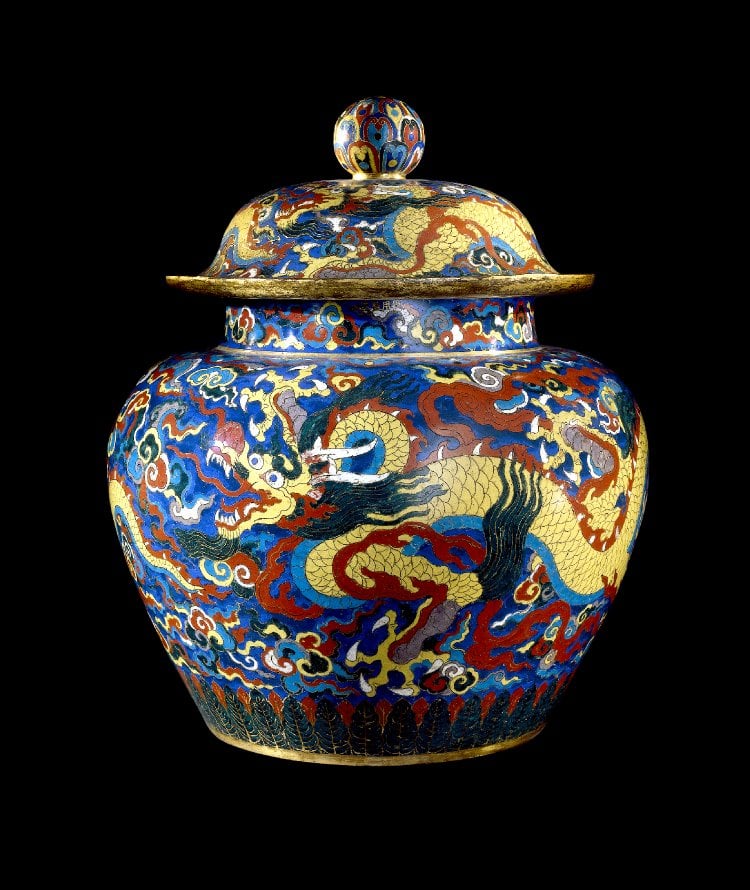
Cloisonn jar with dragons, Xuande, Ming dynasty, China (1426–1435). Photo ©the Trustees of the British Museum.
New additions to the digital collection include the Easter Island sculpture Hoa Hakananai’a, a 1,600-year-old Chinese Admonitions Scroll, and painter Dante Gabriel Rossetti’s The Death of Breuze Sans Pitié, which was acquired in September.
The museum is also touting new online catalogue entries for 73 Damien Hirst drawings (collectively titled “Portraits of Frank, The Wolseley Drawings”), in which the artist sketched his business manager on placemats during their regular breakfast meetings between 2004 and 2010. Unfortunately, however, no images of the works are available.
Nevertheless, the additions to the online catalogue are sure to boost the British Museum’s online traffic, which is already up 120 percent compared to this time last year, according to the museum.
However, the process has not been without its gaffes, reports the BBC. In cataloguing its holdings of Turkish postcards, the museum mistook a copyright notice—”Her Hakki Mahfuzdur,” which means “all rights reserved”—for the name of a stationary company. The institution claimed the postcards were from “Turkey’s largest producer of postcards” until an eagle-eyed Turkish diplomat identified the error on Twitter.
“Whoops!” the British Museum replied. “Thanks for pointing this out.”
See more images from the digital collection below.
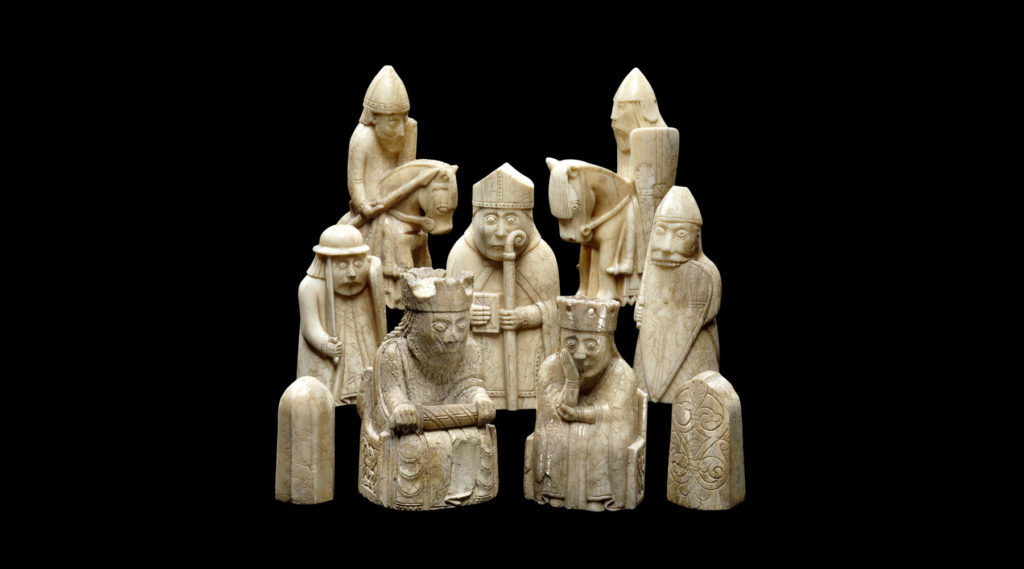
The Lewis Chessmen. Photo ©the Trustees of the British Museum.
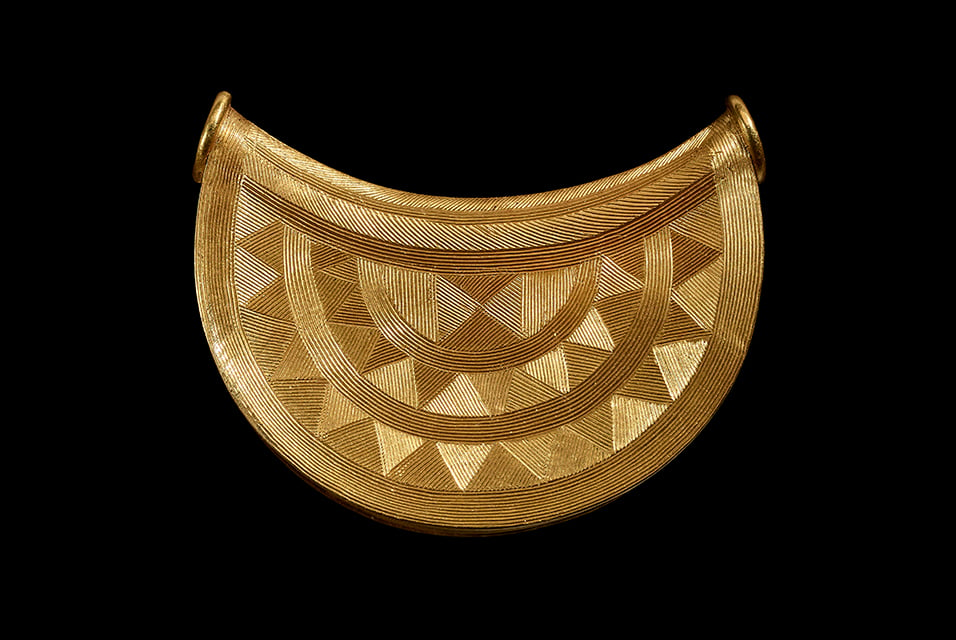
A Bronze Age pendant. Photo ©the Trustees of the British Museum.
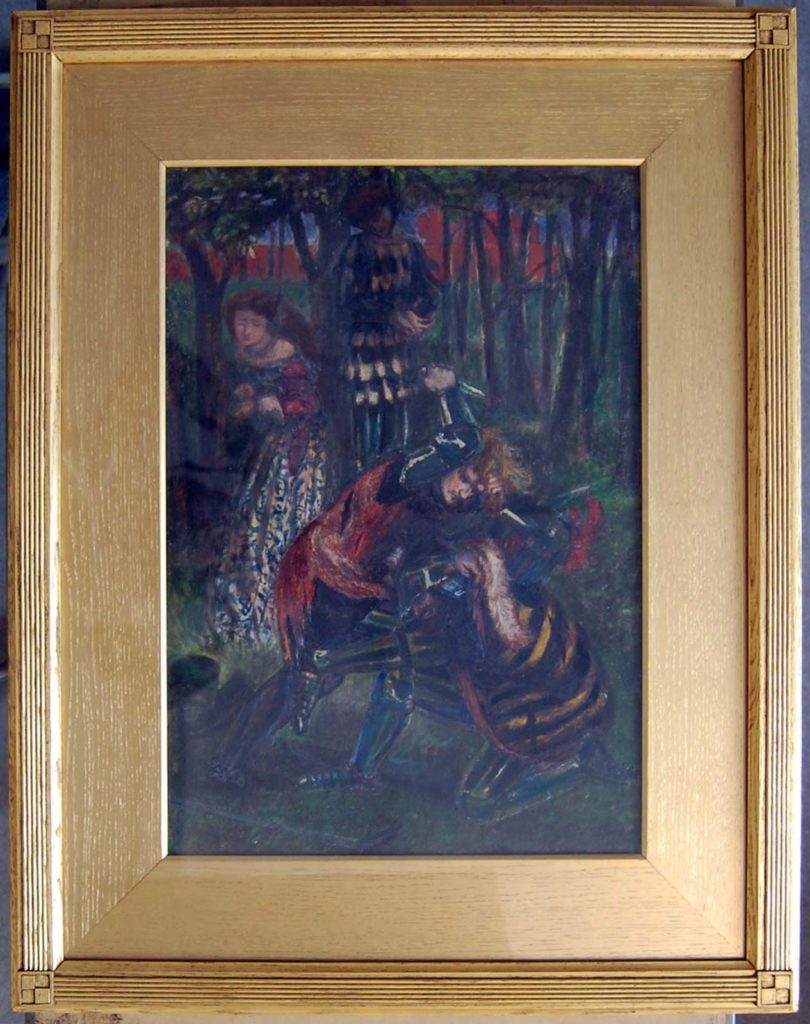
Dante Gabriel Rossetti, Death of Breuse sans Pitié. This watercolor was acquired by the museum in 2019. Photo ©the Trustees of the British Museum.

Helmet from Sutton Hoo. Photo ©the Trustees of the British Museum.
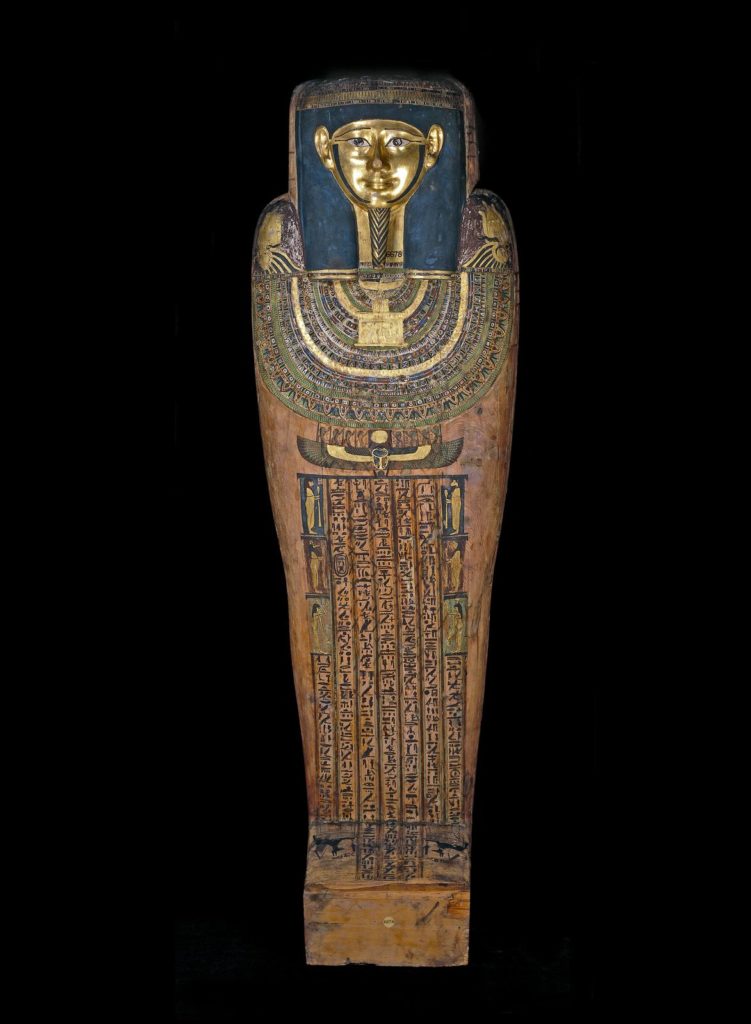
Egyptian coffin of Hornedjitef, son of Nekhthorheb, from Luxor (circa 240 BC). Photo ©the Trustees of the British Museum.
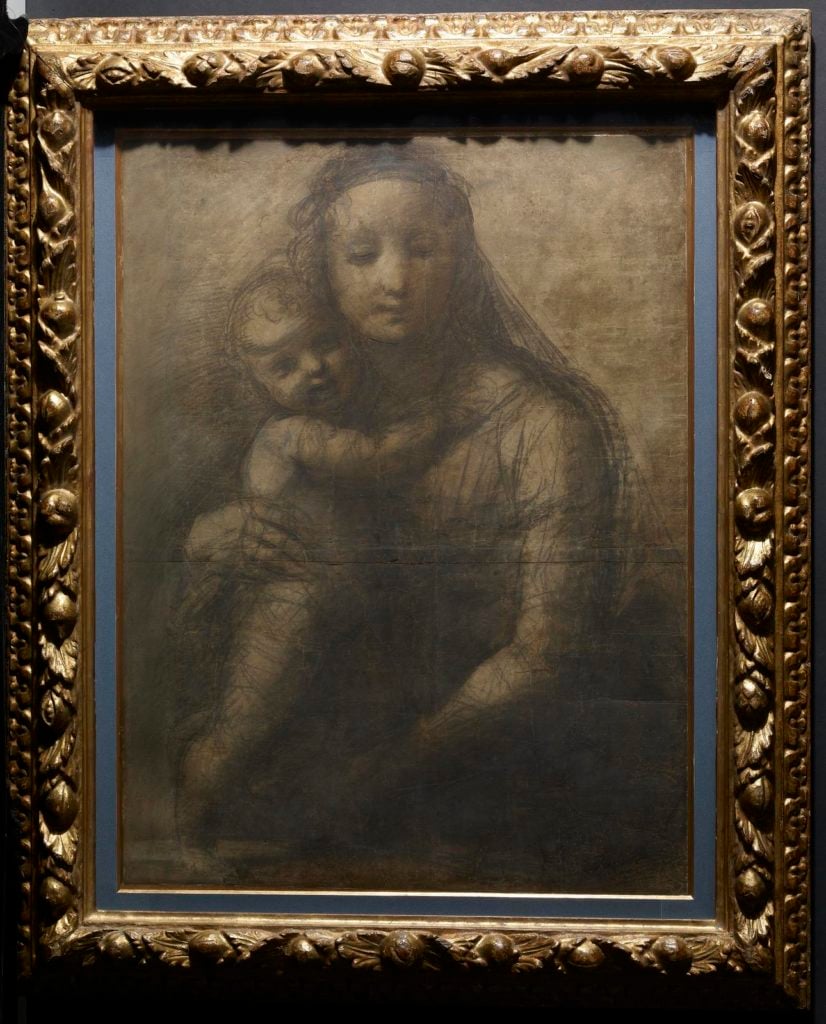
Raphael, The Virgin and child (1509–11). Photo ©the Trustees of the British Museum.
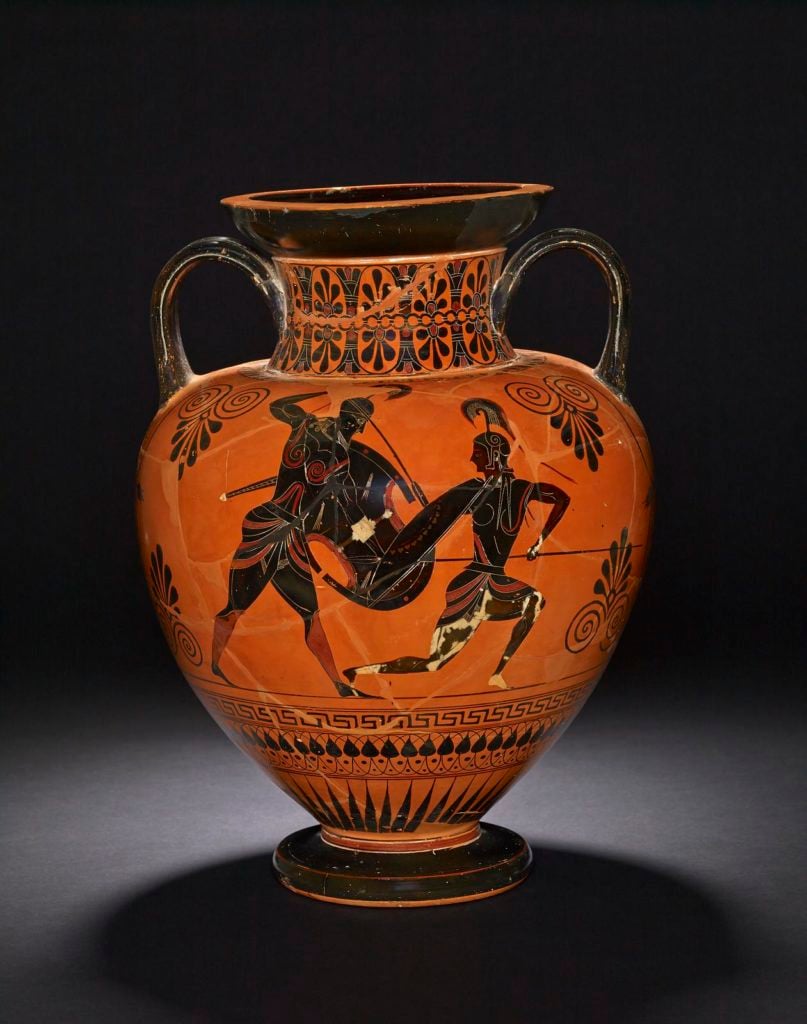
Black-figured amphora, attributed to Exekias (circa 535 BC), Attica, Greece. Photo ©the Trustees of the British Museum.
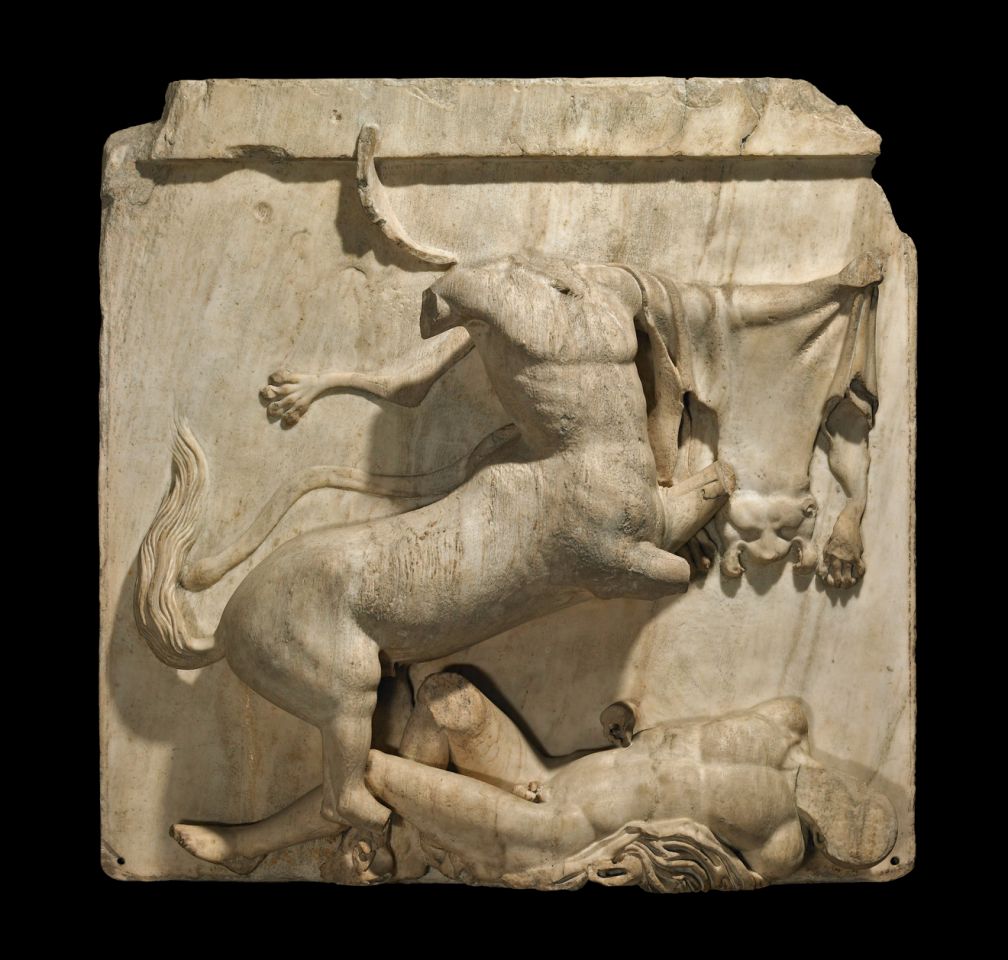
A metope sculpture from the Parthenon showing a mythical battle between a Centaur and a Lapith. Photo ©the Trustees of the British Museum.